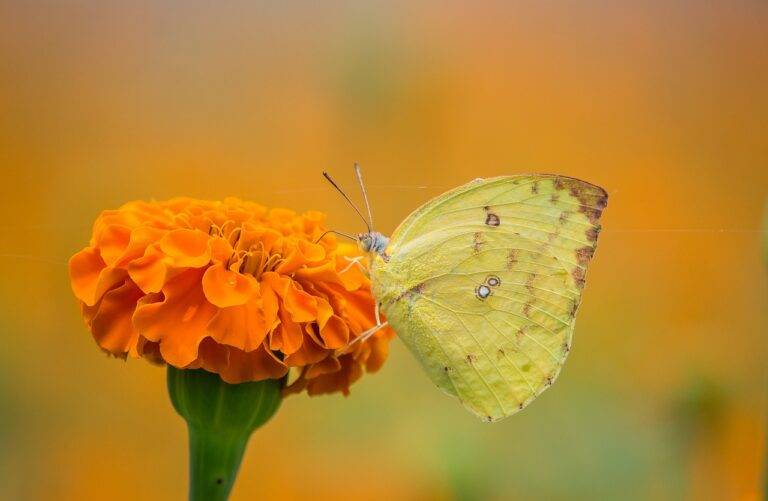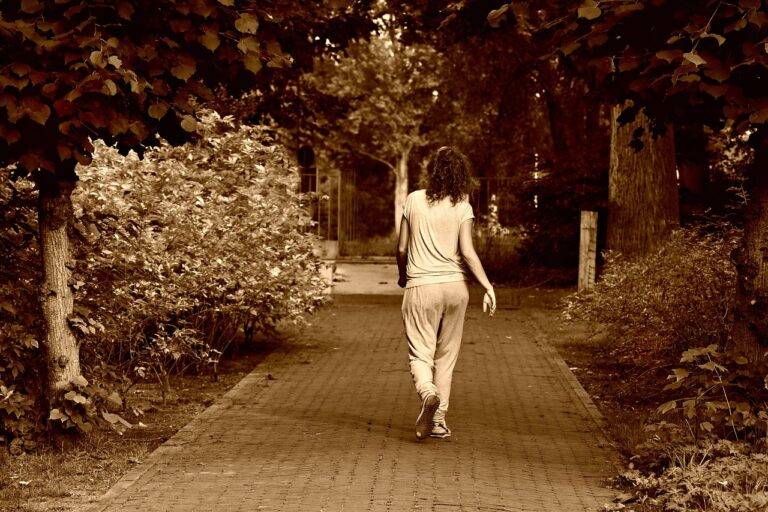Exploring the World of Traditional Healing Practices
Traditional healing practices have been deeply rooted in cultures around the world for centuries. From the use of herbal remedies in Africa to acupuncture in China, these traditional methods offer natural alternatives for healing both physical and spiritual ailments. Each region’s unique practices reflect its cultural beliefs and values, emphasizing the interconnectedness of the mind, body, and spirit.
In South America, indigenous communities often turn to shamanic healing rituals to restore harmony and balance within the individual and the community. These rituals, which may involve chanting, drumming, and the use of sacred plants, are believed to tap into spiritual energies to address physical and emotional imbalances. The shaman, as a spiritual guide and healer, plays a central role in facilitating the healing process and restoring the individual to a state of wholeness.
Traditional Healing Practices in Asia
In Asia, traditional healing practices have been deeply rooted in the culture and history of various countries. These practices often involve a holistic approach to health, focusing on balancing the mind, body, and spirit. Traditional Chinese medicine, for example, emphasizes the use of herbal remedies, acupuncture, and tai chi to promote overall well-being and treat various ailments.
Similarly, Ayurveda, an ancient healing system from India, emphasizes the importance of maintaining a balance between the three doshas – vata, pitta, and kapha. This practice utilizes herbs, yoga, meditation, and dietary changes to restore balance and harmony within the body. Traditional healing practices in Asia not only focus on physical ailments but also place a strong emphasis on mental and emotional health, viewing these aspects as interconnected with the physical body.
What are some examples of traditional healing practices in Asia?
Some examples of traditional healing practices in Asia include acupuncture, Ayurveda, traditional Chinese medicine, traditional Thai massage, and herbal medicine.
How are traditional healing practices in Asia different from modern medicine?
Traditional healing practices in Asia often focus on holistic approaches to health and well-being, taking into account the mind, body, and spirit. They may also use natural remedies and techniques that have been passed down through generations.
Are traditional healing practices in Asia effective?
Many people believe that traditional healing practices in Asia can be effective in treating a variety of health conditions and promoting overall wellness. However, it is important to consult with a qualified healthcare professional before trying any new treatment.
Can traditional healing practices in Asia be used in combination with modern medicine?
Yes, traditional healing practices in Asia can often be used in combination with modern medicine. Some people find that integrating traditional and modern approaches to healthcare can provide a more comprehensive and personalized treatment plan.
Are traditional healing practices in Asia only based on cultural beliefs?
While traditional healing practices in Asia are deeply rooted in cultural beliefs and traditions, many of them have also been studied and researched for their potential health benefits. Some practices have even been incorporated into mainstream healthcare systems around the world.





